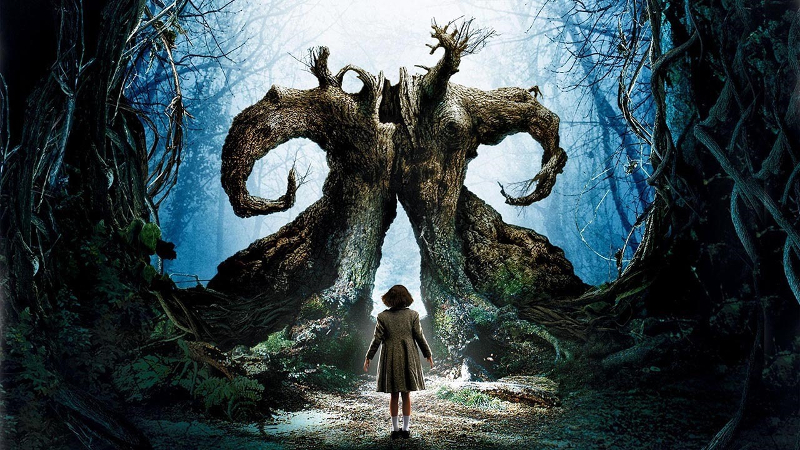Director – Guillermo del Toro – 2006 – Mexico – Cert. 15 – 119m
*****
In the aftermath of the Spanish Civil War, a young girl must complete three tasks for a mysterious faun in an underground kingdom – in UK cinemas from Friday, November 11th 2006.
Mexican director del Toro is best known as a director of big budget Hollywood horror-ish effects fests like Mimic (1998), Blade II (2004) and Hellboy (2004). More impressive however – and less easily generically defined – are the two movies he’s made in Spain set in the immediate aftermath of the Spanish Civil War. The Devil’s Backbone (2001) is a ghost story with an alien ambience reminiscent of visionary SF writer J.G.Ballard. Pan’s Labyrinth (2006) is arguably even more ambitious: at once a no holds barred fantasy / horror outing and a brutal and violent war drama. And much, much more besides.
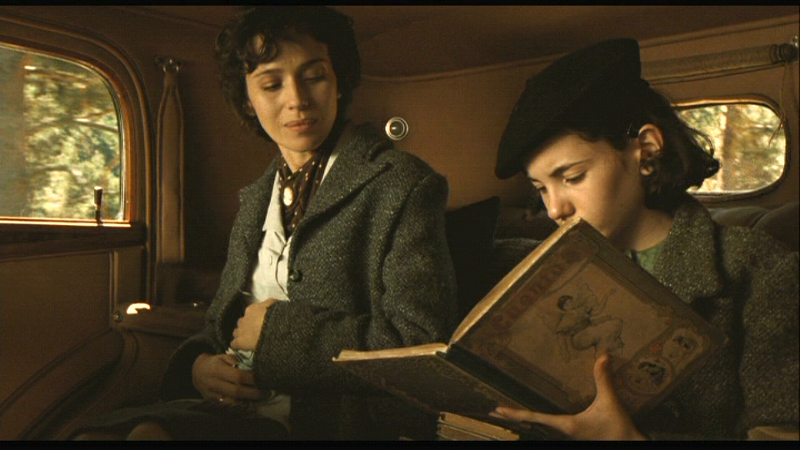
Following a fairytale prologue concerning a subterranean princess’ departure from her underground kingdom for the surface world where her former identity is unknown, young girl Ofelia (Ivana Baquero) travels cross-country with her mother Carmen (Ariadna Gil) to live with Carmen’s new husband Vidal (Sergi López), a ruthless Captain in Franco’s army obsessed with stamping out the remaining rebel forces. Vidal is unaware that his housekeeper Mercedes (Maribel Verdú), who runs an Upstairs Downstairs coterie of servants, is in fact helping the rebels.
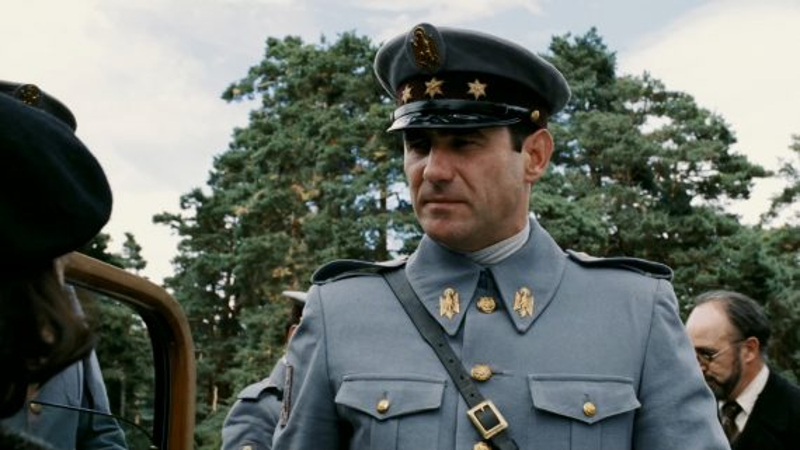
The patriarchal Vidal is obsessed with producing a family line, specifically a son; he views women as of little value, and regards the health / survival of the baby he’s fathered in Carmen’s womb as far more important than that of his new bride. Vidal thinks nothing of shooting a couple of locals brought to him on suspicion of being insurgents, although they’re clearly not, since he doesn’t want to waste his time.

Ofelia understandably doesn’t like her new stepfather very much. She starts noticing insects / fairies following her. A mysterious faun (Doug Jones) informs her she’s a princess exiled from an underground world and must undertake three tasks to prove herself worthy of her title prior to returning there. The proceedings cleverly play fast and loose with the question of whether these and other fantastical events are real or whether they’re simply the heroine’s way of escaping into a fantasy world to avoid the brutality in her immediate environment. You can read the film either way without the tale being robbed of its power.
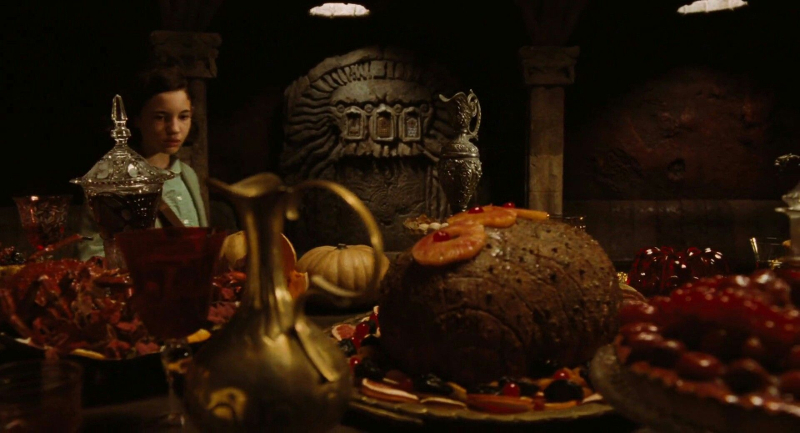
One of Ofelia’s tasks is to retrieve an item from a locked container in an underground room where an eyeless man (Doug Jones again) sits at a table containing an appetising, untouched banquet which the girl is instructed not to eat. But eat she does, causing the man to wake, insert two eyeballs into sockets in his hands, lift them up to his face to see. His hideous apparition then pursues her even as sand in a glass timer threatens to run out and trap her in his lair forever.

(Update: some weeks after originally writing and publishing this review, I read an interview with del Toro where he discussed this image and specifically mentioned the hand sockets as religious (Christian) stigmata and that this terrifying figure stood in for the rich and powerful Catholic church which had collaborated with Franco. This interpretation hadn’t occurred to me on my first viewing, but once he mentioned this, I could immediately see it. His images clearly reveal themselves in layers, rather like peeling off the layers of an onion to get a what’s in the centre.)
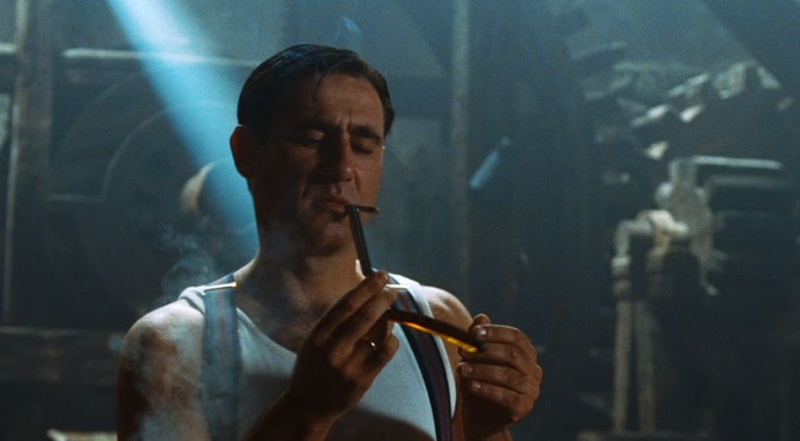
To give some idea of the generic tightrope walked, this memorable (if that’s the right word for potent and genuinely terrifying) sequence jostles with scenes of Vidal shaving at home, hunting exchanging fire with rebels on horseback or torturing his adversaries in the barn. Overall, the piece is so rich and strange that such a brief review can’t even begin to do it justice.
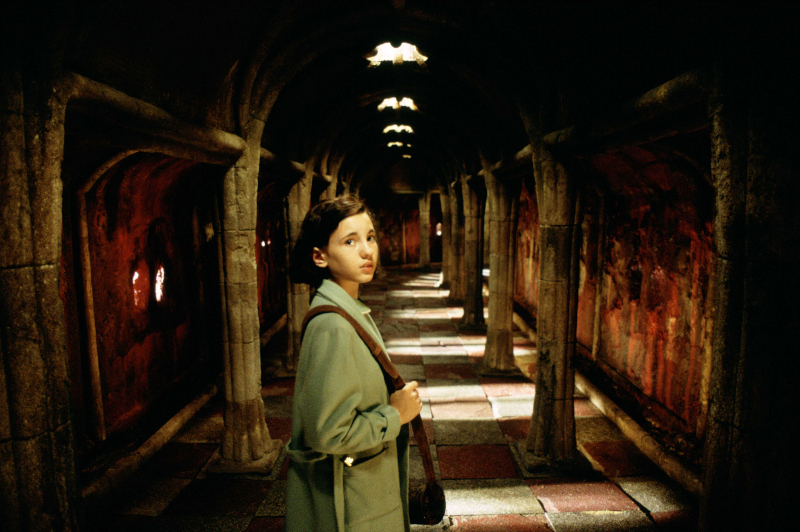
It’s also a far cry from Narnia; unlike C.S.Lewis’ unquestionably good Mr. Tumnus, del Toro’s faun is less obviously trustworthy, a more mercurial figure whose motives remain shadowy at best. Issues of right and wrong – good and evil – abound, but the complex screenplay refuses to tackle them in an easy, black and white manner.
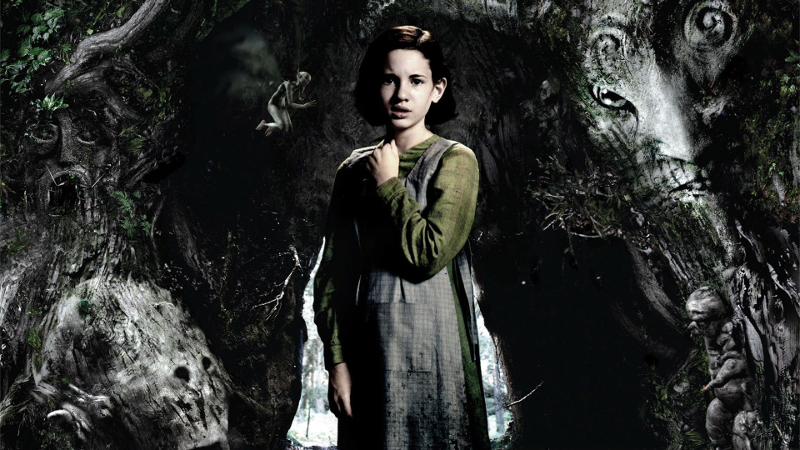
Where is God in all this? Well, I suppose that’s a bit like asking where God is if you live in the middle of war-torn Iraq or travelled on the London Underground on 7/7. Sometimes you have to take a hard look at the darkness to really understand the value of the light.
Review originally published in Third Way.
UK release date 24/11/2006
Nominated for Best Foreign Language Film at the 2006 (79th) Oscars.
